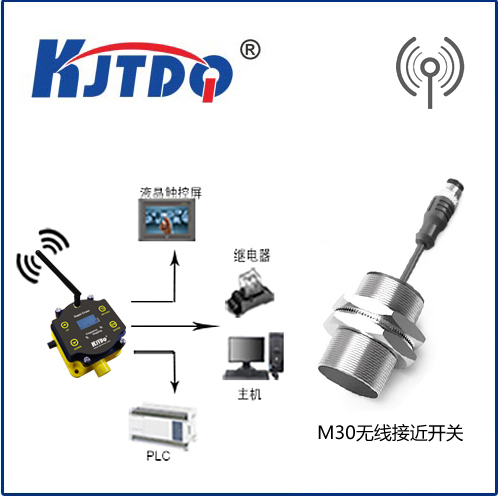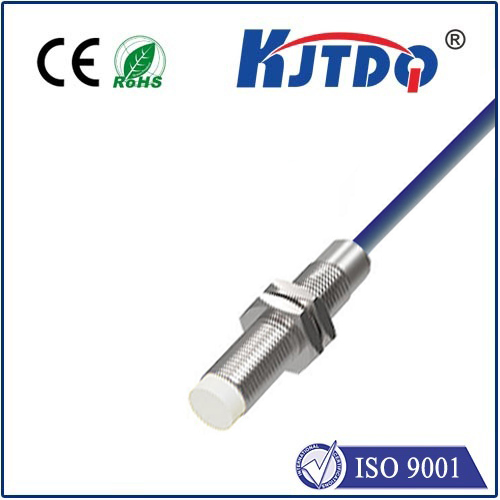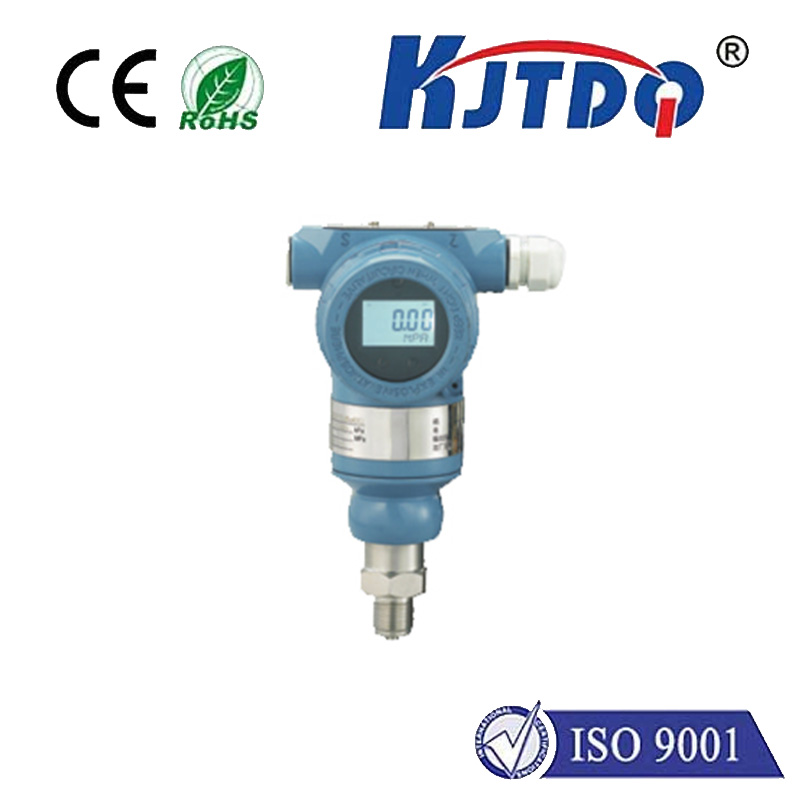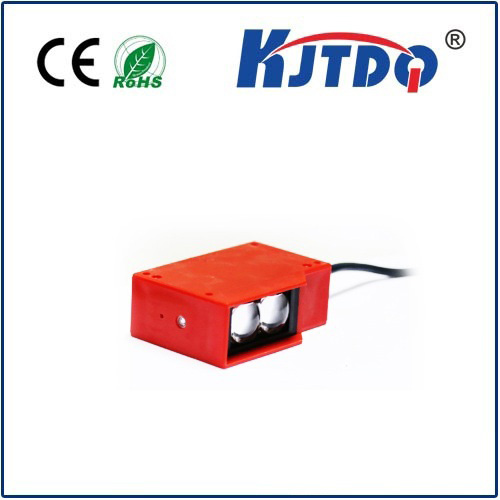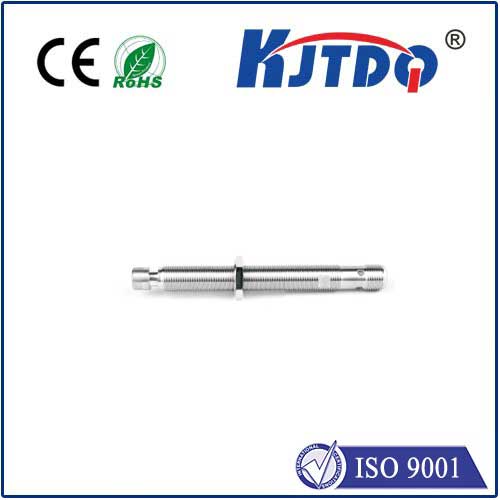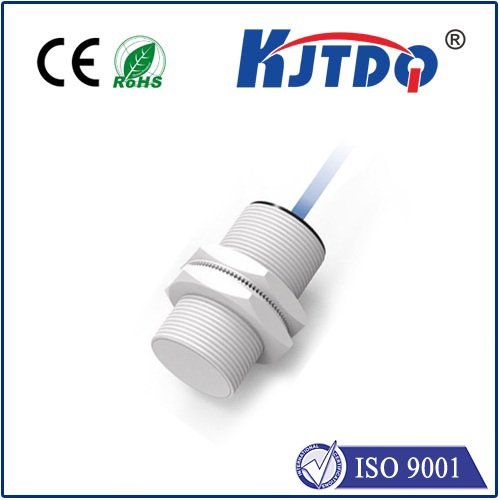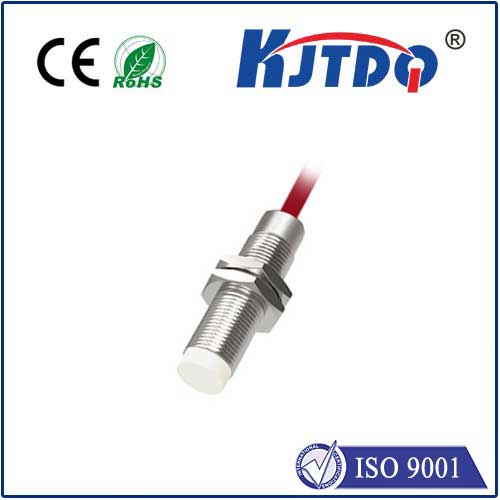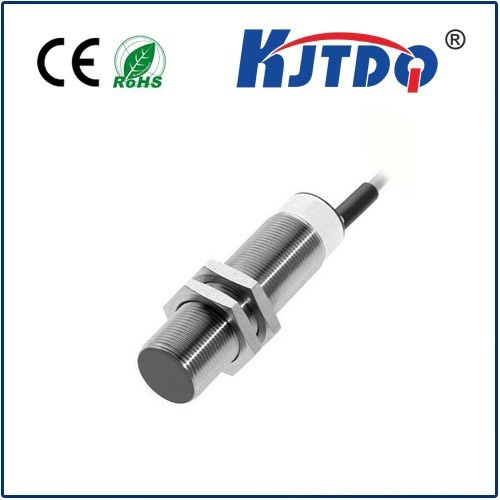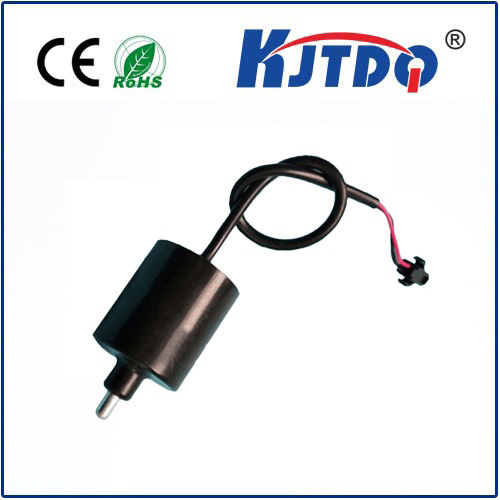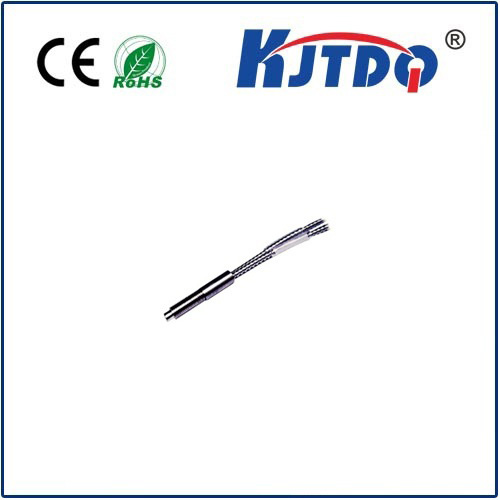
check

check

check

check
Title: Exploring the Significance of Limit Switches in Stepper Motor Control Systems
Introduction
Stepper motors are an integral component in various industrial applications, from CNC machines and robotics to 3D printers. Their ability to move in precise steps makes them highly suitable for tasks requiring accurate positioning. However, to harness their full potential and ensure safety, a critical mechanism known as a limit switch is employed. This article delves into the importance of limit switches in stepper motor systems, explaining how they work together to create reliable and efficient control environments.
Understanding Stepper Motors
A stepper motor operates by dividing a full rotation into a set number of steps. Each step corresponds to a specific angular rotation, allowing for fine-tuned movements. These motors are preferred in applications where precise speed and position control are required, such as in automation and precision machinery.
The Role of Limit Switches
Limit switches play a fundamental role in stepper motor systems by acting as electronic safeguards. They are sensors that detect when a mechanical system has reached a predetermined position or limit. In the context of stepper motors, these switches prevent the motor from exceeding its intended range of motion, thereby avoiding damage to both the motor and the machinery it controls.
Integrating Limit Switches with Stepper Motors
Integration of limit switches with stepper motors involves configuring the control system to recognize inputs from the switches. When a limit switch is triggered, it sends a signal to the controller, which then stops the motor or reverses its direction. This feedback loop ensures that the stepper motor operates within defined boundaries, enhancing overall system stability and reliability.
Benefits of Using Limit Switches
The benefits of integrating limit switches with stepper motors are multifaceted. Primarily, they provide critical protection against mechanical failure by preventing overtravel. Moreover, they improve operational accuracy by ensuring repeatable starting and stopping points, which is essential for quality control in manufacturing processes. Furthermore, limit switches contribute to energy efficiency by preventing unnecessary motor operation once the desired position is achieved.
Application Scenarios
In practice, the combination of limit switches and stepper motors is seen in numerous scenarios. For example, in a CNC machine, limit switches define the maximum and minimum travel distances for cutting tools, ensuring precision cuts without damaging the machinery. Similarly, in a conveyor belt system, limit switches can detect when products reach the end of the belt, prompting the stepper motor to stop or redirect the flow of items.
Conclusion
Stepper motors offer remarkable precision and control in various industries. However, to maximize their performance and ensure safety, the integration of limit switches is crucial. These switches provide essential positional feedback, protecting equipment from damage and enhancing the accuracy of operations. By understanding the synergy between limit switches and stepper motors, engineers can design more reliable and efficient control systems that meet the demands of modern automation and manufacturing environments
